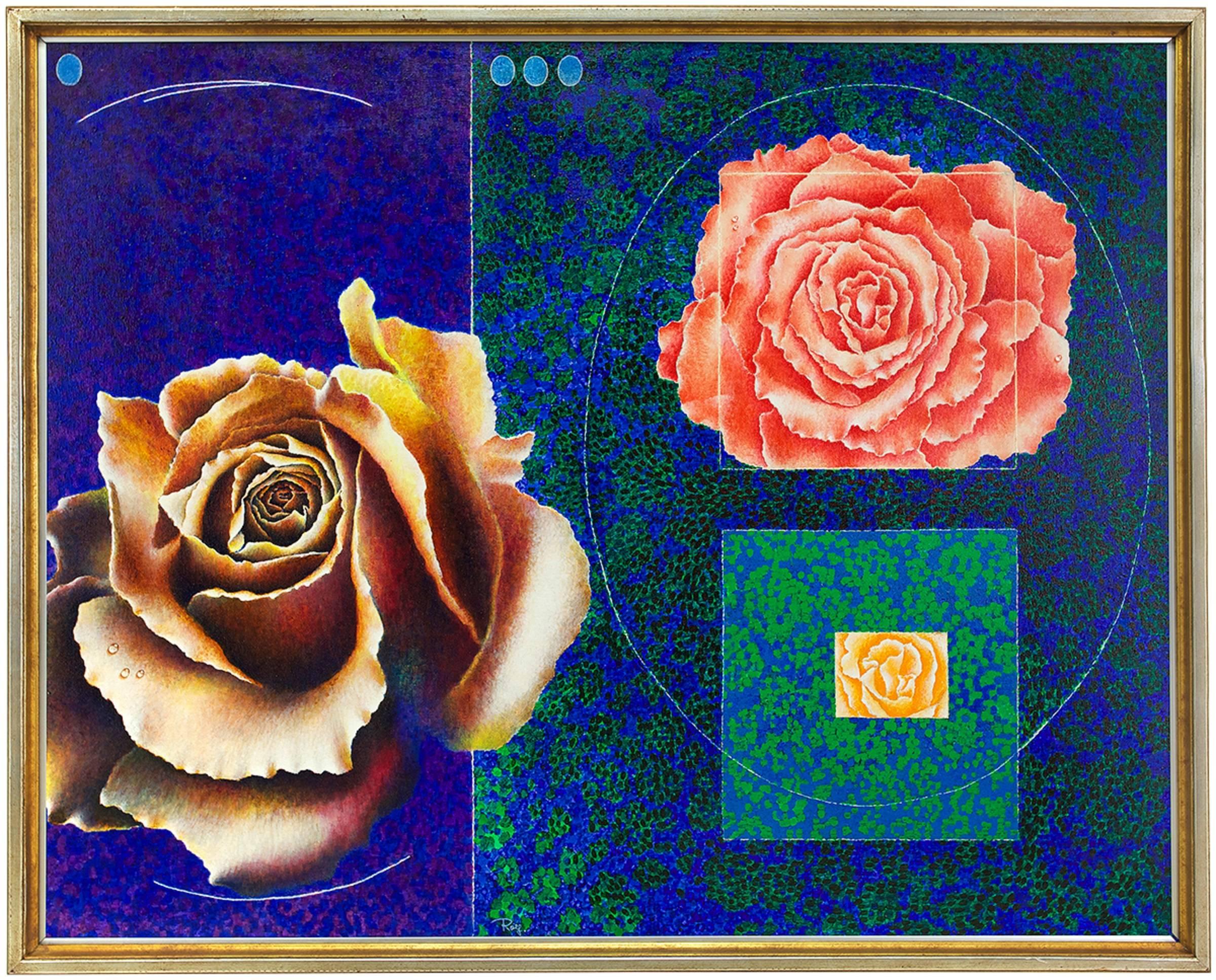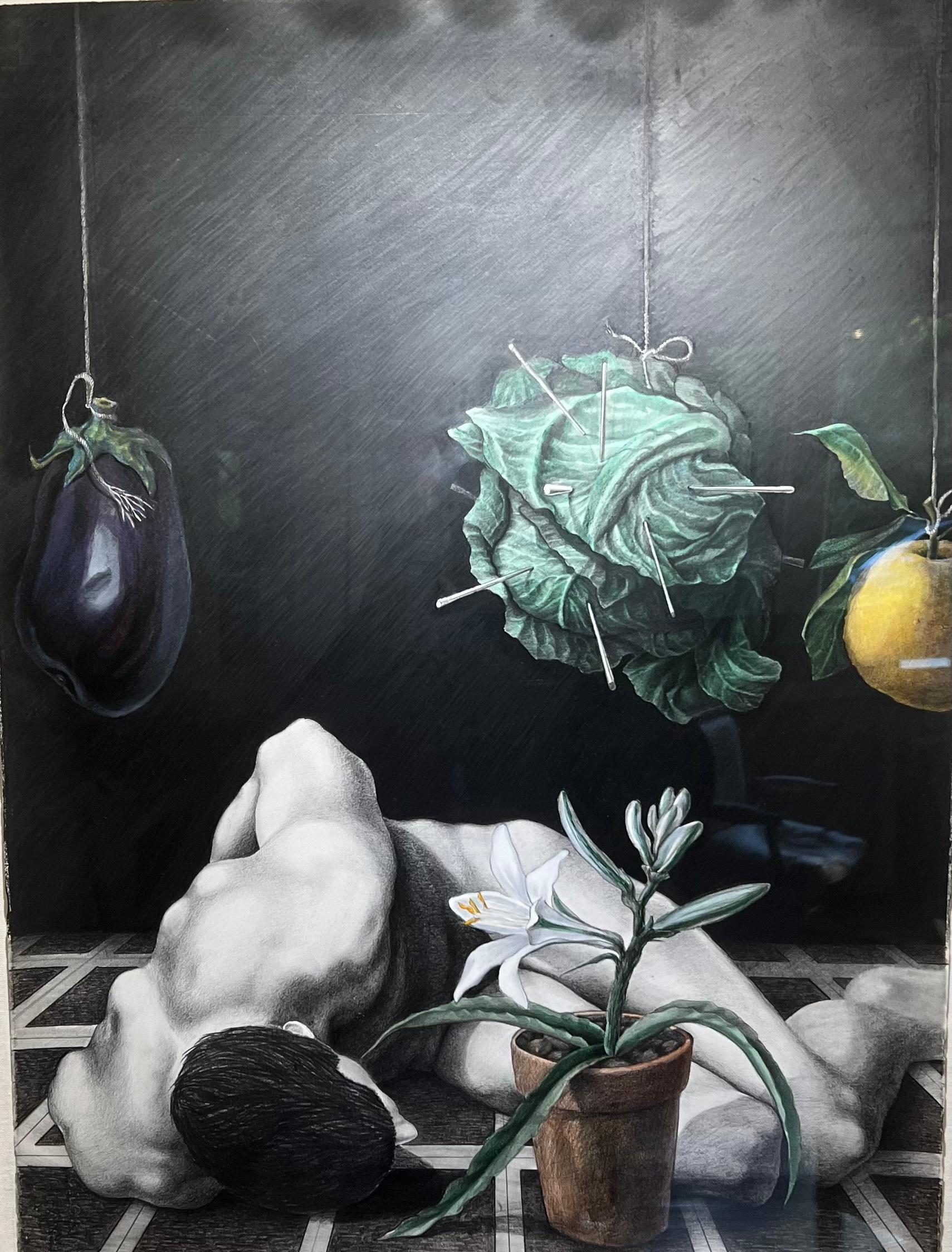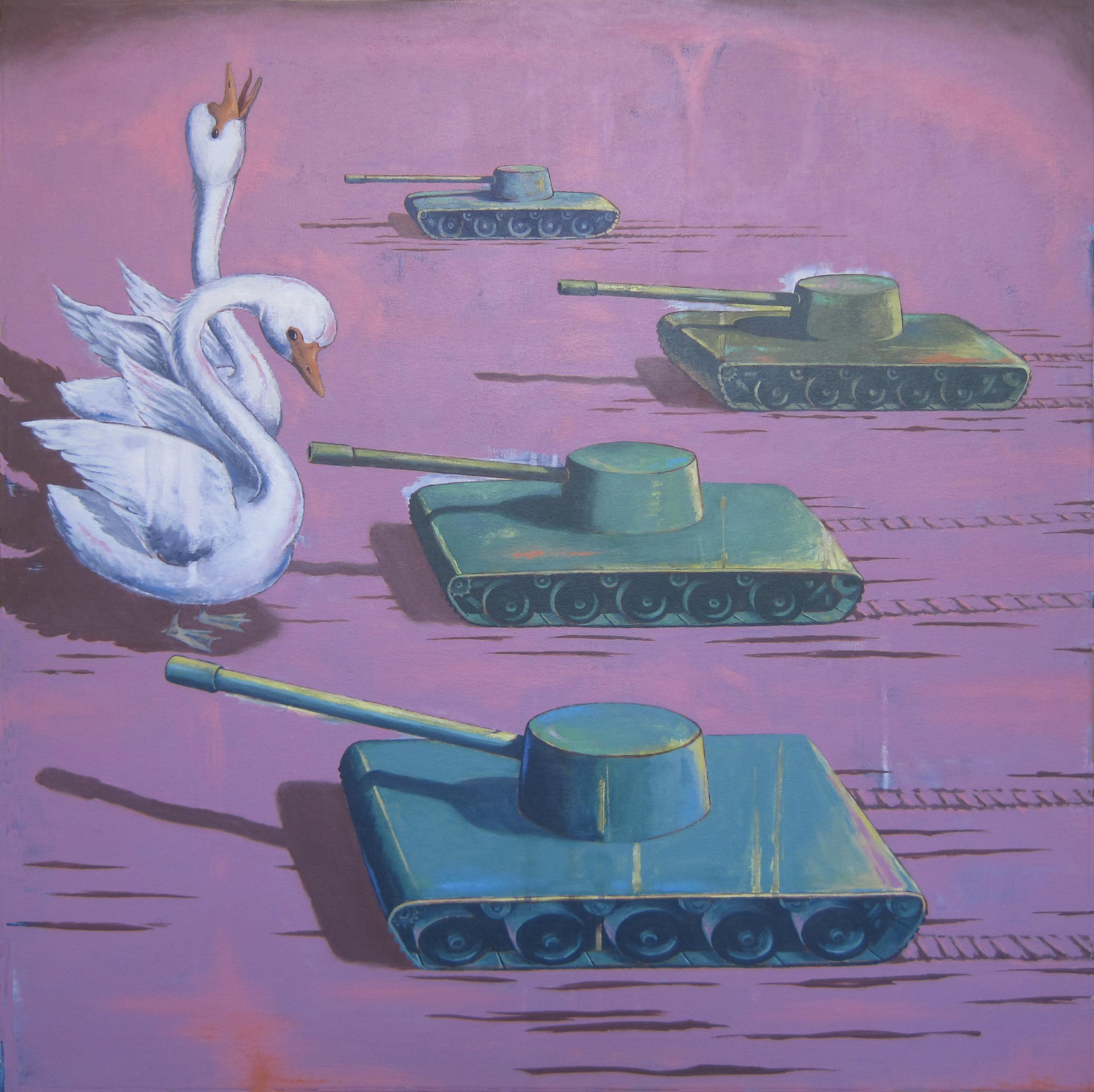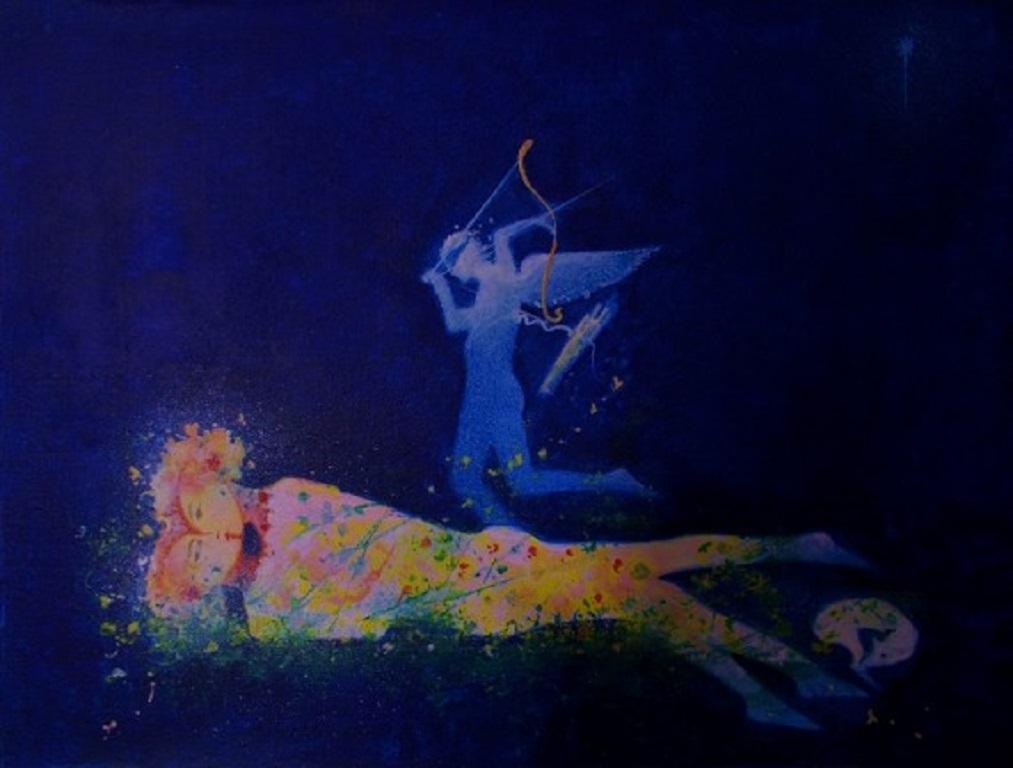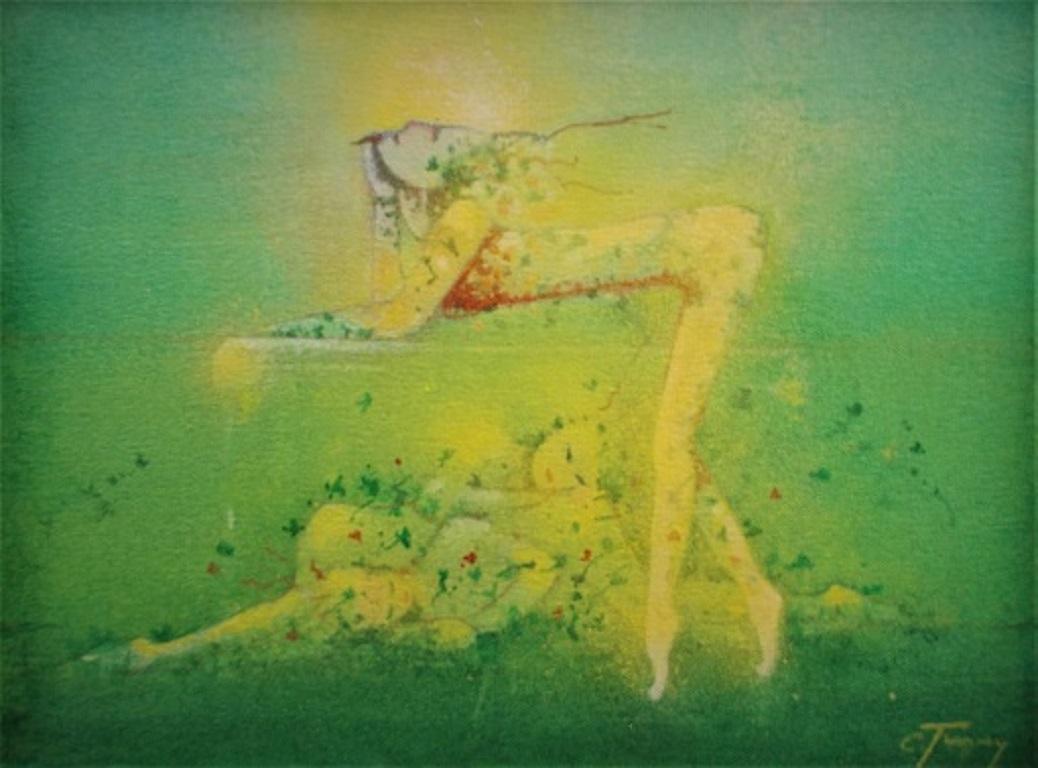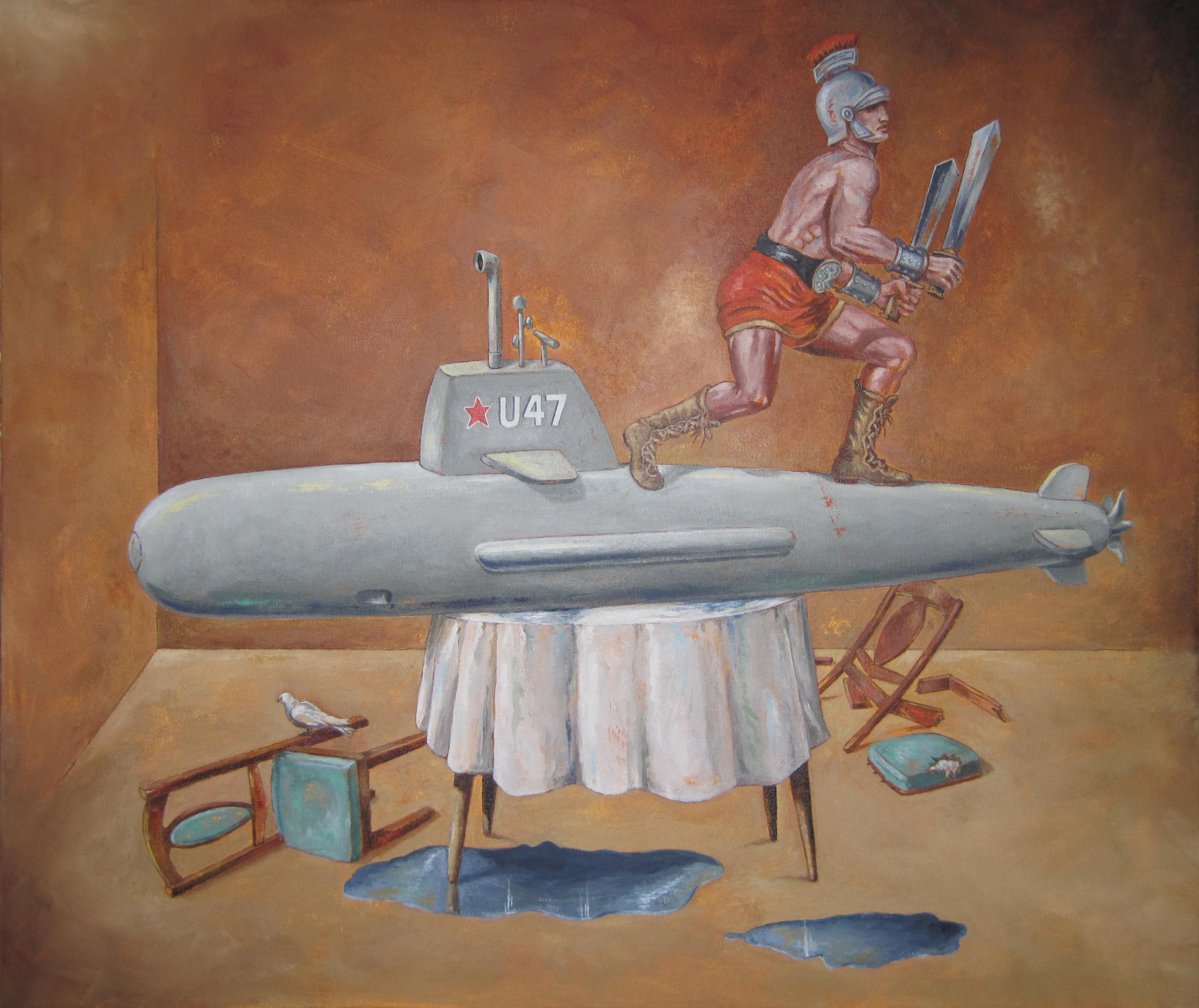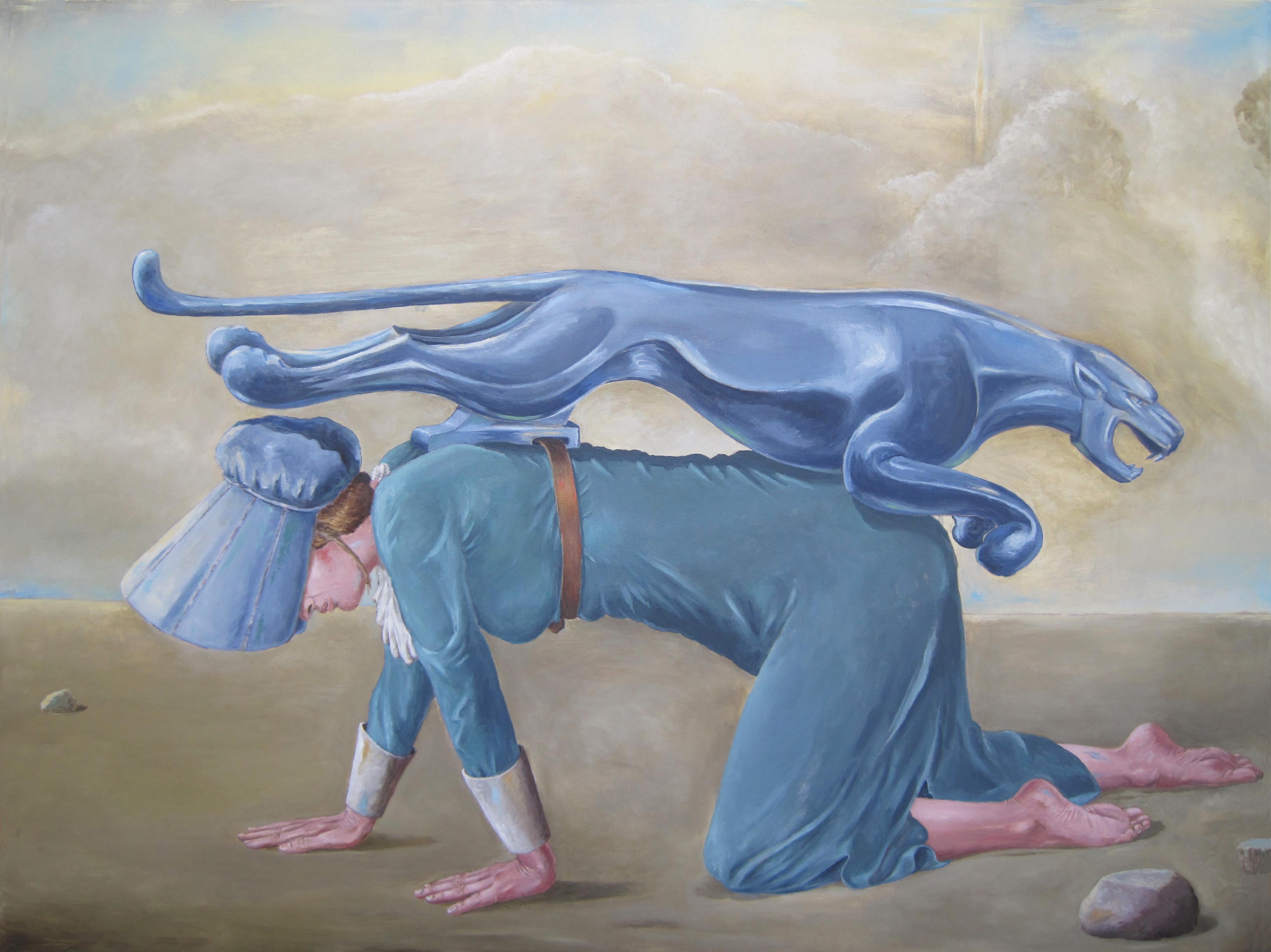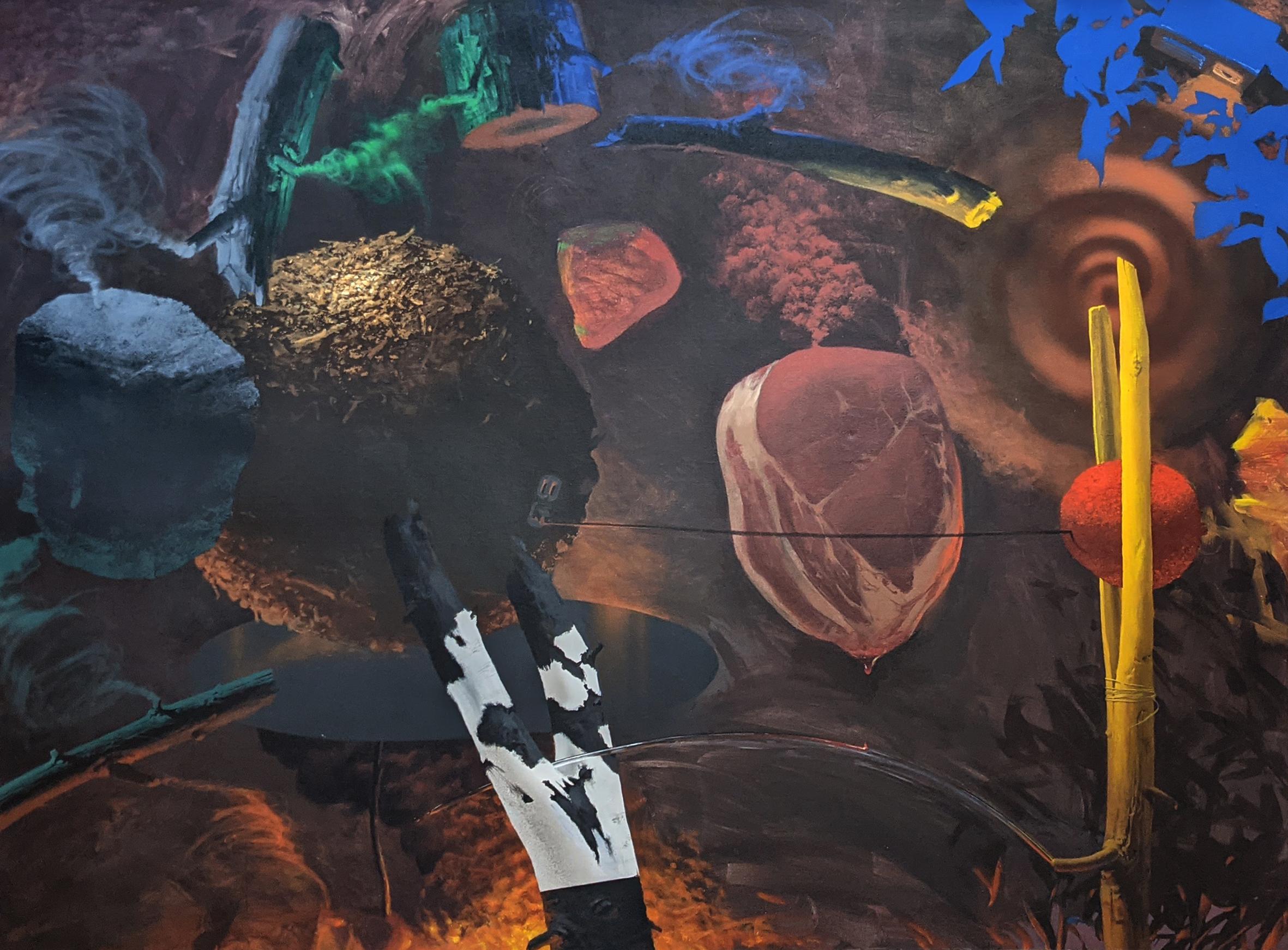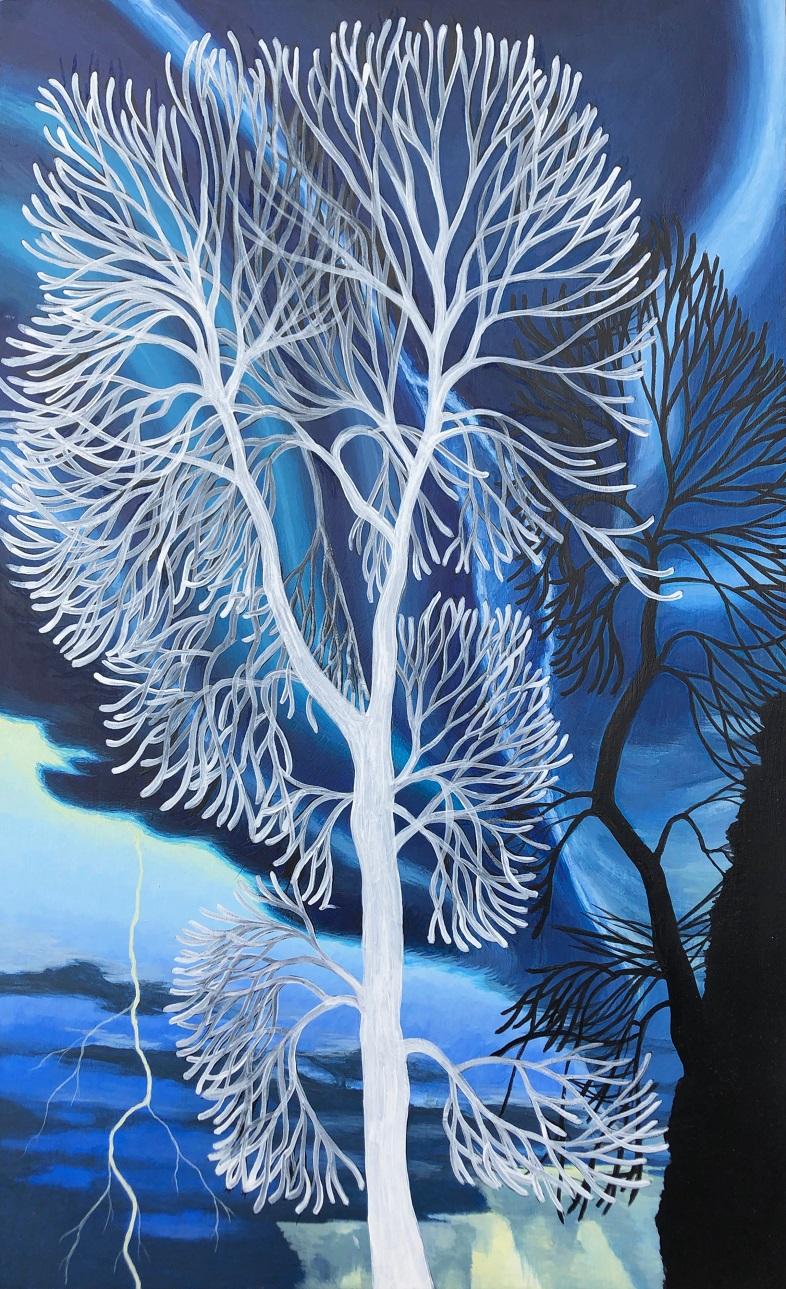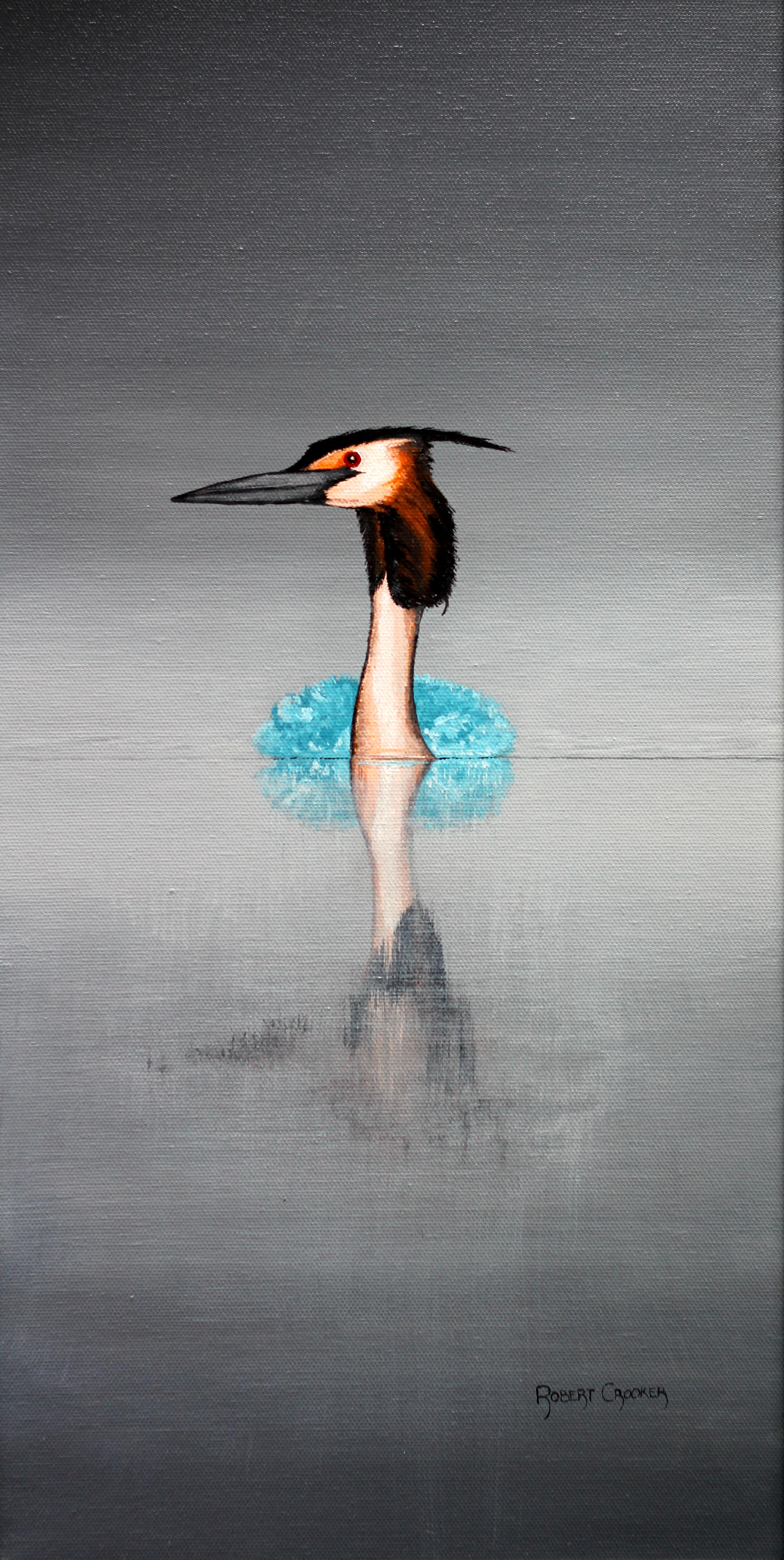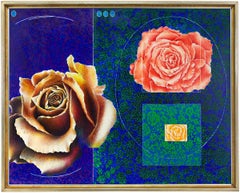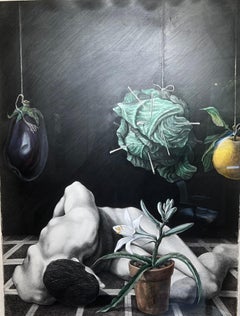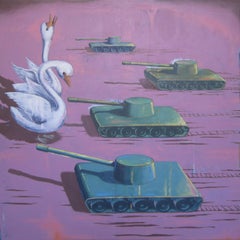
Leroy Neiman The Great Secretariat Serigraph Signed Limited Edition
View Similar Items
1 of 11
LeRoy NeimanLeroy Neiman The Great Secretariat Serigraph Signed Limited Edition1990
1990
About the Item
- Creator:LeRoy Neiman (1921 - 2012, American)
- Creation Year:1990
- Dimensions:Height: 35 in (88.9 cm)Width: 44 in (111.76 cm)Depth: 2 in (5.08 cm)
- More Editions & Sizes:uniquePrice: $49,400
- Medium:
- Movement & Style:
- Period:
- Condition:This piece is in great condition for its age. The piece has light toning throughout the piece due to age. The photos were professionally taken and not enhanced.
- Gallery Location:Minneapolis, MN
- Reference Number:1stDibs: LU109813755151
You May Also Like
- Surrealist Trompe L'oeil, Lush RosesLocated in Surfside, FLTrompe-l'œil (French for "deceive the eye",) is an art technique that uses realistic imagery to create the optical illusion that the depicted objects exist in three dimensions. Forced perspective is a comparable illusion in architecture. Though the phrase, originates in the Baroque period, when it refers to perspectival illusionism, trompe-l'œil dates much further back. It was (and is) often employed in murals. Instances from Greek and Roman times are known, for instance in Pompeii. A typical trompe-l'œil mural might depict a window, door, or hallway, intended to suggest a larger room. A version of an oft-told ancient Greek story concerns a contest between two renowned painters. Zeuxis (born around 464 BC) produced a still life painting so convincing that birds flew down to peck at the painted grapes. A rival, Parrhasius, asked Zeuxis to judge one of his paintings that was behind a pair of tattered curtains in his study. Parrhasius asked Zeuxis to pull back the curtains, but when Zeuxis tried, he could not, as the curtains were included in Parrhasius's painting—making Parrhasius the winner. With widespread fascination with perspective drawing in the Renaissance, Italian painters of the late Quattrocento such as Andrea Mantegna (1431–1506) and Melozzo da Forlì (1438–1494), began painting illusionistic ceiling paintings, generally in fresco, that employed perspective and techniques such as foreshortening to create the impression of greater space for the viewer below. This type of trompe l'œil illusionism as specifically applied to ceiling paintings is known as di sotto in sù, meaning "from below, upward" in Italian. The elements above the viewer are rendered as if viewed from true vanishing point perspective. Well-known examples are the Camera degli Sposi in Mantua and Antonio da Correggio's (1489–1534) Assumption of the Virgin in the Duomo of Parma. Similarly, Vittorio Carpaccio (1460–1525) and Jacopo de' Barbari (c. 1440 – before 1516) added small trompe-l'œil features to their paintings, playfully exploring the boundary between image and reality. For example, a fly might appear to be sitting on the painting's frame, or a curtain might appear to partly conceal the painting, a piece of paper might appear to be attached to a board, or a person might appear to be climbing out of the painting altogether—all in reference to the contest of Zeuxis and Parrhasius. In a 1964 seminar, the psychoanalyst and theorist Jacques Lacan...Category
20th Century Surrealist Still-life Paintings
MaterialsAcrylic
- HAVANA Cuba Mid Century Surreal Male Nude Graphic Painting, Gay InterestLocated in New York, NYHere we have a Surreal Male Nude by a famous Cuban artist Carlos Macia (1951-1994). *** please excuse the photos, it is under glass and there are reflections of a yellow light. I’v...Category
1980s Surrealist Figurative Paintings
MaterialsAcrylic, Graphite
- "RIGHT FLANK", painting, surrealist dream, tanks attack birds, peace, protestBy Tony GeigerLocated in Toronto, OntarioRIGHT FLANK is an acrylic on canvas surrealist painting by Brooklyn, New York artist Tony Geiger. It measures 40x40" and is a unique artwork. It's a classi...Category
21st Century and Contemporary Surrealist Figurative Paintings
MaterialsCanvas, Acrylic
- Gerard Tunney, Dancers with Fans, Original surreal paintingBy Gerard TunneyLocated in Deddington, GBA group of dancers chat and gossip using the fans to emphasise l their reactions The triangles of the fans are echoed throughout the painting; in the dancers’ feet, the dancers’ arms...Category
2010s Surrealist Figurative Paintings
MaterialsAcrylic
- Gerard Tunney, Ten Myths Eros and lovers, Original figurative paintingBy Gerard TunneyLocated in Deddington, GBEros the traditional symbols of love hovers over two lovers as they embrace at night. The painting is meant to suggest the idealised bliss of being in love “Most of my work is influe...Category
2010s Surrealist Figurative Paintings
MaterialsAcrylic
- Gerard Tunney, Midsummer night's dreamers, Original figurative paintingBy Gerard TunneyLocated in Deddington, GBA dancer looks upwards towards the sun as her fellow dancers sleep during rehearsals. The ballet is based on Shakespeare’s famous play. The green colours and foliage echo the forest ...Category
2010s Surrealist Figurative Paintings
MaterialsAcrylic
Recently Viewed
View AllMore Ways To Browse
Vintage Racetrack
Leroy Neiman Olympic Art
Leroy Neiman Olympics
Leroy Neiman Serigraphs
Leroy Neiman Signed Serigraphs
Red Bottoms Size 5
Vintage Green Depression
Leroy Neiman Serve
Leroy Neiman Serigraph Signed And Numbered
Vintage Travel Cups
Derby Animals
Horse With Jockey Paintings
Racehorses Painting
Racehorse Art
Equestrian Jockey
Derby Cups
Horse And Jockey Painting
Racetrack Art
